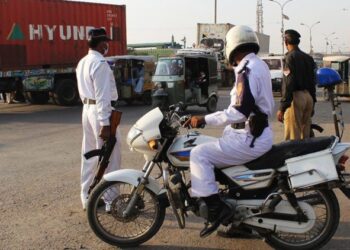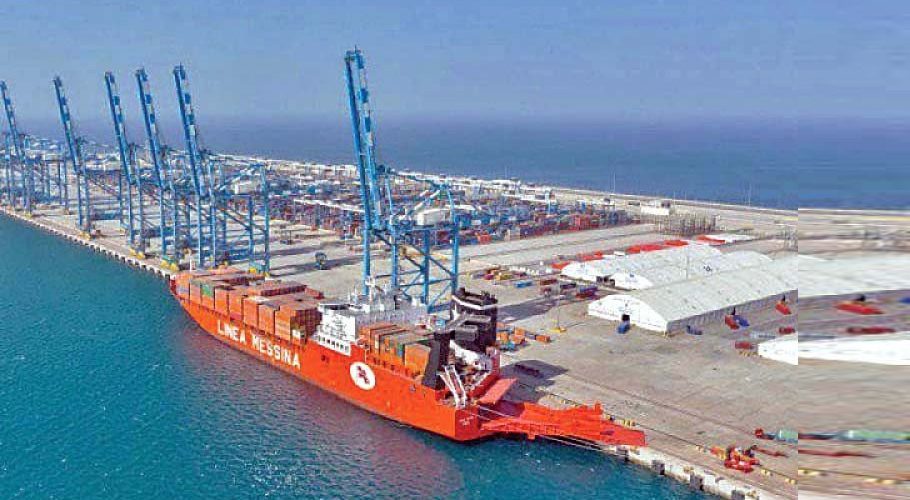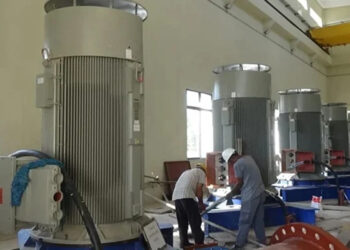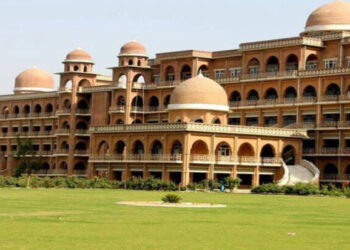As many as half of Karachi’s 20 million residents lack access to clean drinking water, according to a new report by the Pakistan Council of Research in Water Resources (PCRWR), noting that 41% of the southern port city’s population does not have properly managed drinking water, while over 90% of water sources are biologically contaminated, leading to widespread waterborne illnesses such as diarrhea, typhoid, and hepatitis.
A recent study reveals that 81% of Karachi’s residents are compelled to purchase drinking water, as more than 90% of the city’s water sources are contaminated with hazardous pollutants.
The combination of bacterial contamination, unsafe chemical concentrations, and deteriorating infrastructure has rendered clean water a scarce and costly commodity in Pakistan’s largest metropolis.
Urban centers like Karachi are especially vulnerable, with experts warning that the city could face absolute water scarcity within the next 15 years if current trends persist.
The Karachi Water and Sewerage Board (KWSB), responsible for the city’s water distribution, draws approximately 95% of its supply from the Indus River via Keenjhar Lake. However, Karachi’s daily demand for water is estimated at 1,200 million gallons, while actual supply hovers around 650 million gallons per day (MGD), resulting in a shortfall of 550 MGD.
Pakistan now ranks as the third most water-stressed country in the world, with its escalating water crisis attributed to climate change, inadequate governance, rapid population growth, and diminishing freshwater resources.
This severe supply-demand imbalance has led many residents, particularly in low-income neighborhoods, to rely on informal and often unsafe water sources. These include private tankers, industrial facilities such as oil refineries, and unregulated groundwater wells—options that frequently carry both financial and health risks.
Groundwater quality in Karachi is particularly alarming, with salinity levels ranging between 4,000 to 12,000 parts per million (PPM), significantly exceeding the World Health Organization’s recommended safe limit of 1,000 PPM. Such high salinity makes the water unsuitable for human consumption.
Pakistan now ranks as the third most water-stressed country in the world, with its escalating water crisis attributed to climate change, inadequate governance, rapid population growth, and diminishing freshwater resources.


































